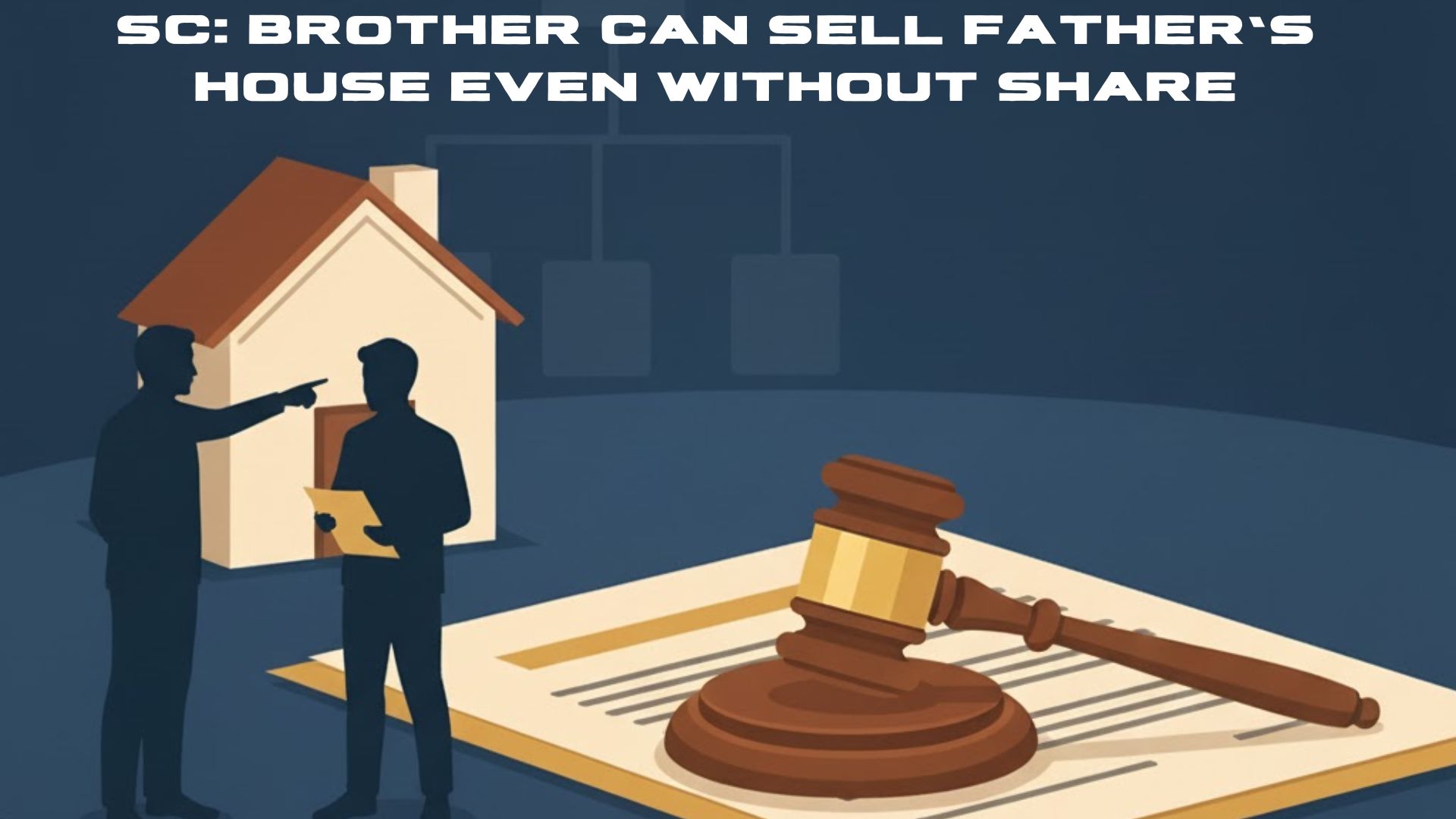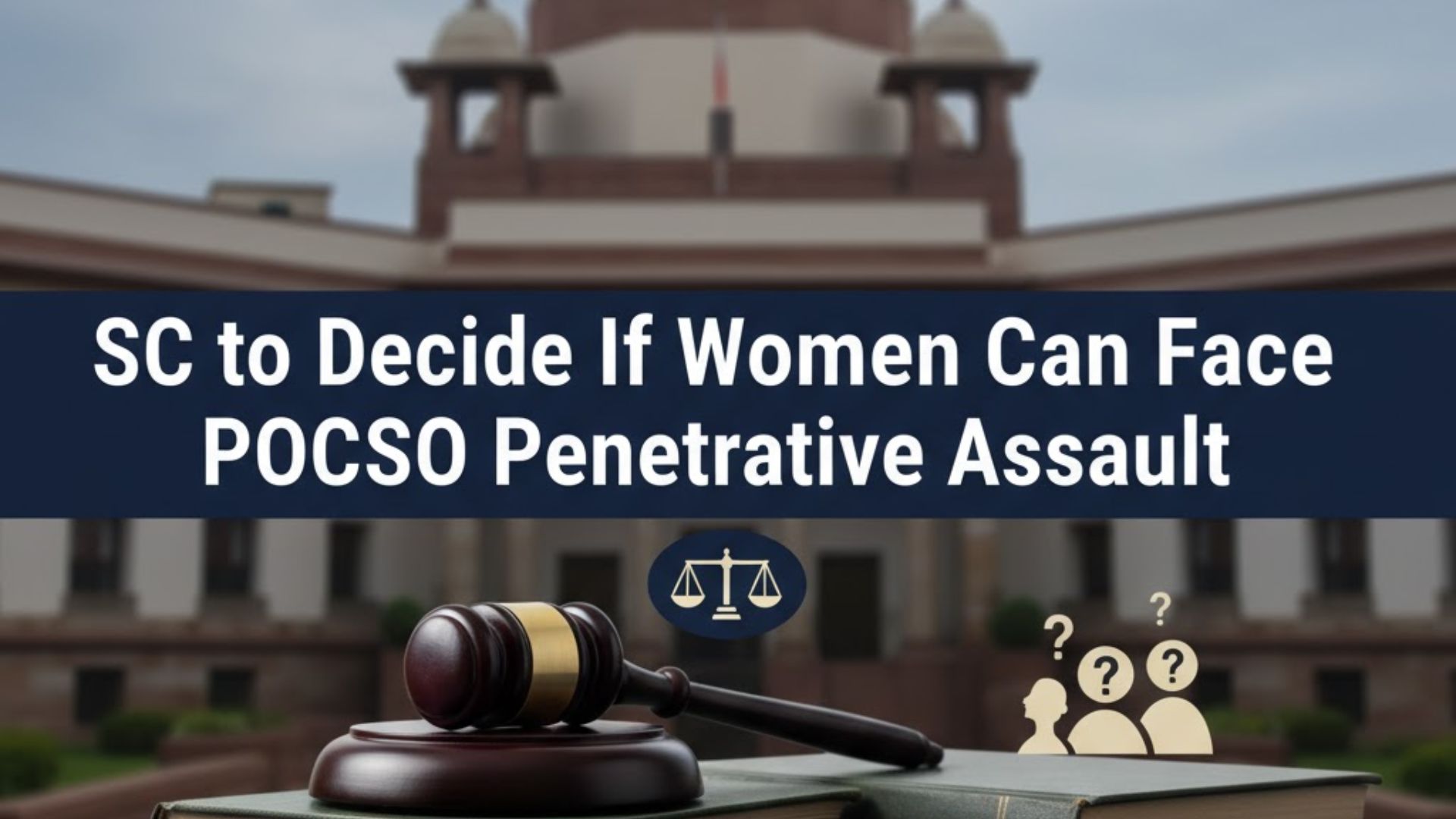@JUDGMENTTAG-ORDER
R. Bayapu Reddy, J.@mdashThis revision is filed by the plaintiff in S.C.No. 154 of 1992 on the file of the Court of the II Addl. District Munsif, Kakinada questioning the decree and judgment dated 20-12-1993 by which the suit was dismissed.
2. The revision petitioner who is the plaintiff had filed the said suit seeking recovery of the suit amount of Rs. 3,900/- from the defendant contending that the defendant, who is the present respondent, executed the suit pronote on 12-6-1991 and borrowed an amount of Rs. 3,000/- from him agreeing to repay the same and that he subsequently failed to discharge the said debt. The defendant contested the suit contending that he never executed the pro-note in favour of the plaintiff and the pronote is a forged one, that there is also a material alteration in the pronote and that, therefore, the suit is not maintainable on the basis of such a pronote.
3. On the basis of the evidence adduced before it, the lower court came to a clear conclusion that the suit pronote is true, valid and was in fact executed by the defendant in favour of the plaintiff having borrowed the pronote amount and that there is no material alteration in the pronote. Having come to such conclusions on the points in dispute, the lower Court however dismissed the suit on the ground that the pronote, Ex.A-1, is for Rs. 3,000/- and is, therefore, liable to be stamped with a revenue stamp of Re. 0-25 ps. that the said pronote is however stamped with a revenue stamp of Re. 0-20 ps and as such it is not properly stamped and the suit based on such insufficiently stamped pronote is not maintainable. Questioning the decree and judgment, the present revision is filed by the plaintiff.
4. Heard both the learned Counsel.
5. It is clear from a perusal of the material on record including the averment in the written statement and the evidence of the plaintiff examined as P.W.I and the evidence of the defendant as D.W. 1 that the defendant never raised any objection regarding the insufficiency of the value of the stamp affixed to Ex.A-1 pronote. A perusal of the evidence of P.W. 1 also clearly shows that the defendant did not raise any objection for the marking of the suit pronote as Ex.A-1 and the document was duly admitted by the Court by affixing the stamp and putting the initials of the Presiding Officer. Even during the chief-examination of the defendant as D.W. 1, he did not raise any objection regarding the admissibility of Ex.A-1. It is, therefore, clear that the pronote was marked as an exhibit and received as evidence in the suit without any objection regarding the sufficiency of the value of the stamp. When once such a document is admitted and received as evidence without any objection, any objection regarding the sufficiency of the value of the stamp cannot be raised at a later stage. This view is clearly expressed in the decision of the Supreme Court in
6. In view of these circumstances and in view of the facts of this particular case wherein Ex. A.l pronote was admitted and received as evidence without any objection during the course of the trial of the suit and also used as a piece of evidence, the suit filed on the basis of such a pronote cannot be dismissed on the ground that the pronote is insufficiently stamped. Therefore, the judgment of the lower Court cannot be sustained and is liable to be set aside. Inasmuch as the lower Court has arrived at the clear finding that the suit pronote is true, valid and supported by consideration, the suit is to be decreed and the revision is to be allowed.
7. The revision is, therefore, allowed but without costs and the judgment and decree of the lower Court is set aside and the suit is decreed with costs as prayed for.

